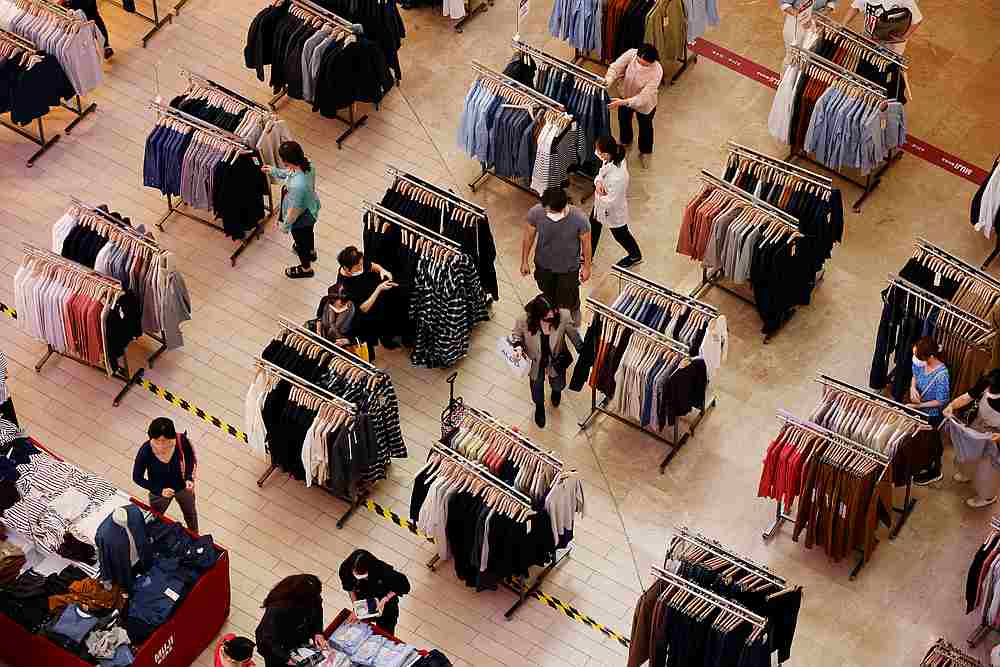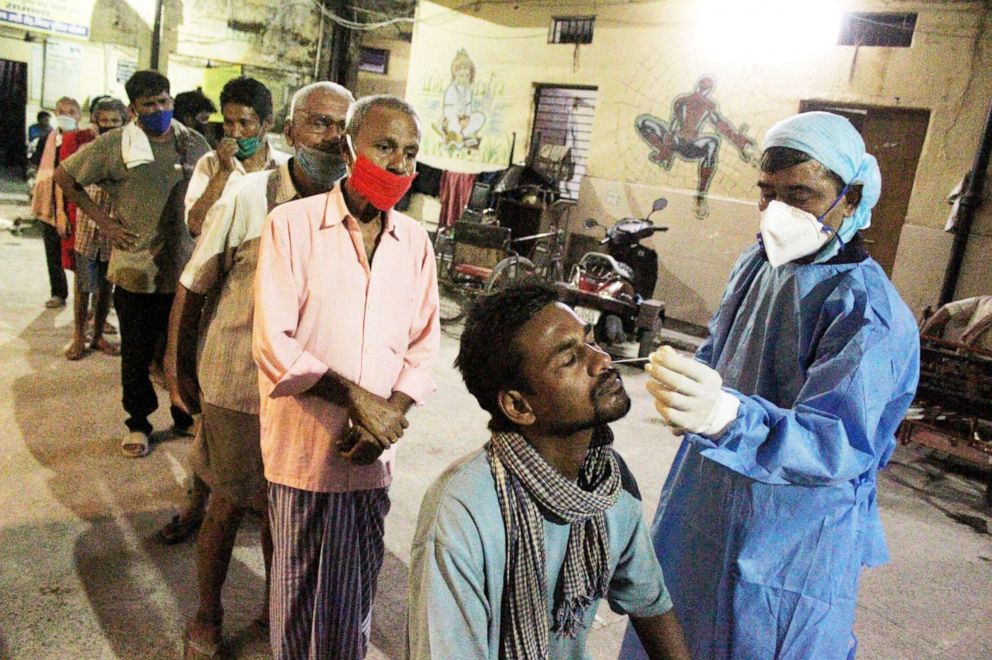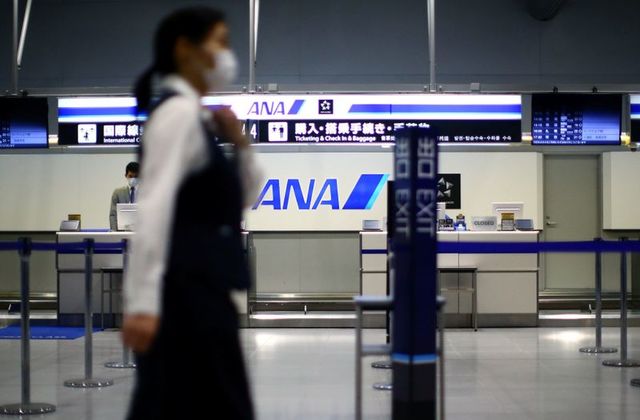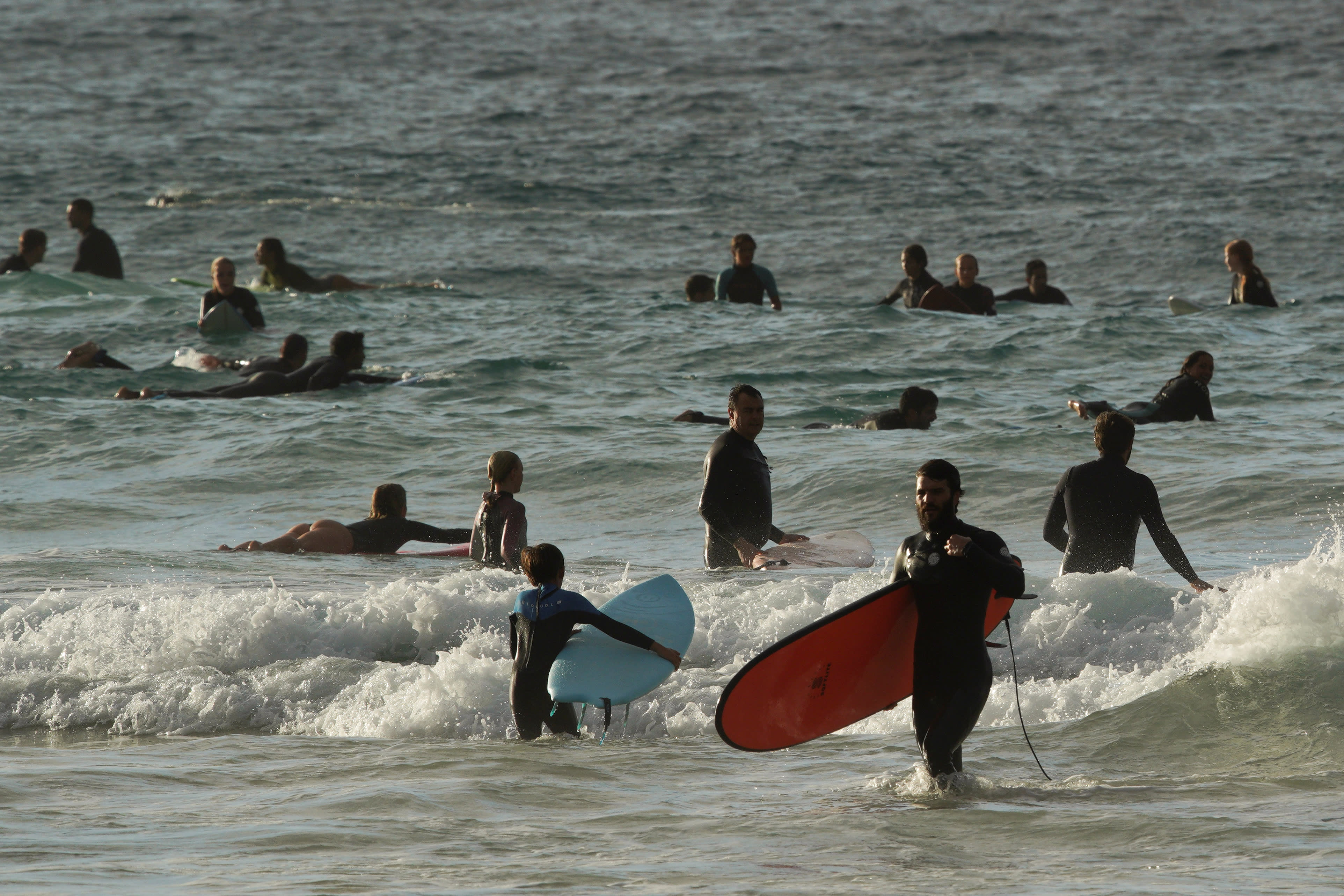Editor's note: This is the 100th article in the COVID-19 Global Roundup series. Here is the previous one.
As more Asian countries see decreasing COVID-19 case numbers, the tight lockdowns and restrictions are paying off. Australian coronavirus hotspot's social distancing restrictions will be eased earlier than previously announced as its daily new infections held near three-month lows, and nations like South Korea and India also have smaller numbers of local cases.

Customers shop at a giant mall in Seoul, South Korea, September 22, 2020. /Reuters
Customers shop at a giant mall in Seoul, South Korea, September 22, 2020. /Reuters
India reported another 86,052 coronavirus cases in the past 24 hours, a declining trend with recoveries exceeding new cases this week. The latest update from its health ministry on Friday raised the nation's total to more than 5.8 million. The ministry said 1,141 more people died in the previous 24 hours, for a total of 92,290.
As the case number jumps, India is expected to become the pandemic's worst-hit country within weeks, surpassing the United States, where more than 6.9 million people have been infected.
The ministry said India's recovery rate has crossed 81.55 percent. On Thursday, the number of people newly recovered, 87,374, exceeded the number of newly infected. And the more than 562,000 new recoveries confirmed between September 18 and Wednesday exceeded the 517,800 new cases over that time.
Less than 1 million people still have active infections while the number of people discharged from hospitals and quarantines exceeds 4.7 million, the ministry said.
The total number of tests has crossed 67 million so far in the country with nearly 1.4 billion people. But a large number of them are antigen tests which are faster but less accurate compared to RT-PCR, the gold standard for the coronavirus. Antigen tests look for virus proteins while RT-PCR tests look for genetic material from the virus.

An Indian health worker collects nasal swab samples from homeless people. /Getty Image
An Indian health worker collects nasal swab samples from homeless people. /Getty Image
In east Asia, Japan has also eased up its restrictions. The country decided to ease its ban on foreign visitors and will begin allowing in some people with long-term visas, but not tourists, starting next month.
The easing of border controls comes as the country tries to balance its fight against the coronavirus with the revival of its economy after Prime Minister Yoshihide Suga came to office. Visitors must have permits to stay for at least three months for medical, cultural or athletic activities, and are required to have guarantors and go through 14 days of quarantine. There also will be permits for shorter business trips. The government is expected to limit daily entrants to about 1,000.
Suga said the changes are "indispensable" for revitalizing the economy. Japan has managed to avoid the large numbers of infections experienced in the U.S. and some European nations. As of Friday, it had just over 80,000 cases, including about 1,500 deaths.

An employee wearing a protective mask passes in front of an All Nippon Airways (ANA) counter, March 14, 2020. /Reuters
An employee wearing a protective mask passes in front of an All Nippon Airways (ANA) counter, March 14, 2020. /Reuters
On Saturday, South Korea reported 49 new domestic coronavirus cases, the smallest number of locally transmitted cases in 44 days in a sign that tighter social distancing rules are paying off.
The health officials reiterated calls on people to refrain from visiting their hometowns and meeting with relatives during the Chuseok holiday when families traditionally reunite, worrying that the holiday, which runs from Sept. 30 to Oct. 2, may lead to another spike.
New rules include the closure of nightclubs and bars in the Seoul area and keeping at least a 1-meter distance between tables at restaurants and cafes with more than 20 seats.
South Korea's success in crushing early outbreaks of the coronavirus was partially reversed by its biggest outbreak in mid-August that began at a church and a political rally. Cases peaked at 441 in a single day in late August but are posting steady declines since tougher social distancing curbs have taken effect.

People surf as Bondi Beach reopens to surfers and swimmers after it was closed to curb the spread of the coronavirus disease, in Sydney, Australia, April 28, 2020. /Reuters
People surf as Bondi Beach reopens to surfers and swimmers after it was closed to curb the spread of the coronavirus disease, in Sydney, Australia, April 28, 2020. /Reuters
In Australia, the state of Victoria said on Saturday that social distancing restrictions will be eased earlier than previously announced as daily new infections held near three-month lows.
Victoria said 12 COVID-19 infections have been detected over the past 24 hours, near a three-month low of 11 recorded on Sept. 21.
With case numbers well below the thresholds defined in the government's phased removal of restrictions, state Premier Daniel Andrews said he will on Sunday update the schedule for easing curbs.
"We have had a very good day and I will back before you tomorrow to make some substantial announcements," Andrews told reporters in Melbourne.
Melbourne is Australia's second-largest city. It has been under a strict lockdown for nearly two months since July. The state has ordered nearly 5 million people to stay at home, closed large parts of the economy and imposed a nightly curfew.
(With inputs from AP and Reuters)